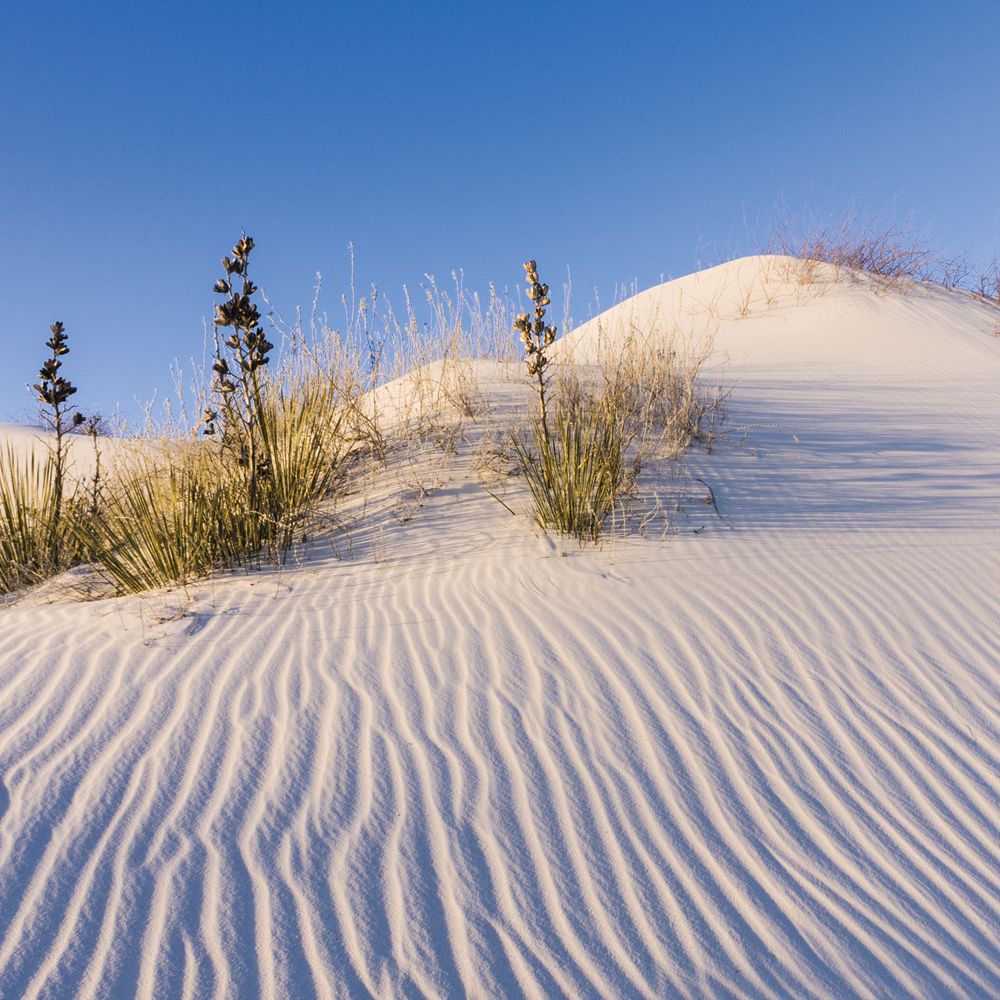My Cart
Your Shopping Cart is currently empty. Use Quick Order or Search to quickly add items to your order!

Sand particles, and the dunes they form, are moved by wind and water in a process called erosion. In nature, the interacting forces of erosion can be quite complex. However, this activity for elementary and middle school students demonstrates the concept and effects of erosion simply and inexpensively using found materials. This activity meets the following national standard for elementary and middle school earth and space science: Properties of Earth Materials.
Caution: If you intend to use a blow dryer as your wind source, use it with the heat off and instruct your students to do likewise.
Note: This activity usually results in fine sand landing outside of the box top. If weather permits, perform the experiment outdoors to reduce the cleanup effort.
If earth science is your world, we've got it covered. Our product developers and product managers strive to offer you the best earth science teaching tools available. Below is a brief selection of tools to complement or expand upon this month's activity, but be sure to explore our online or print catalog for more exciting possibilities!